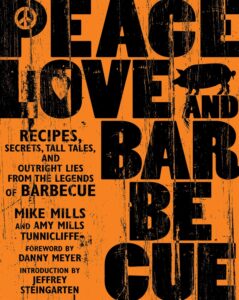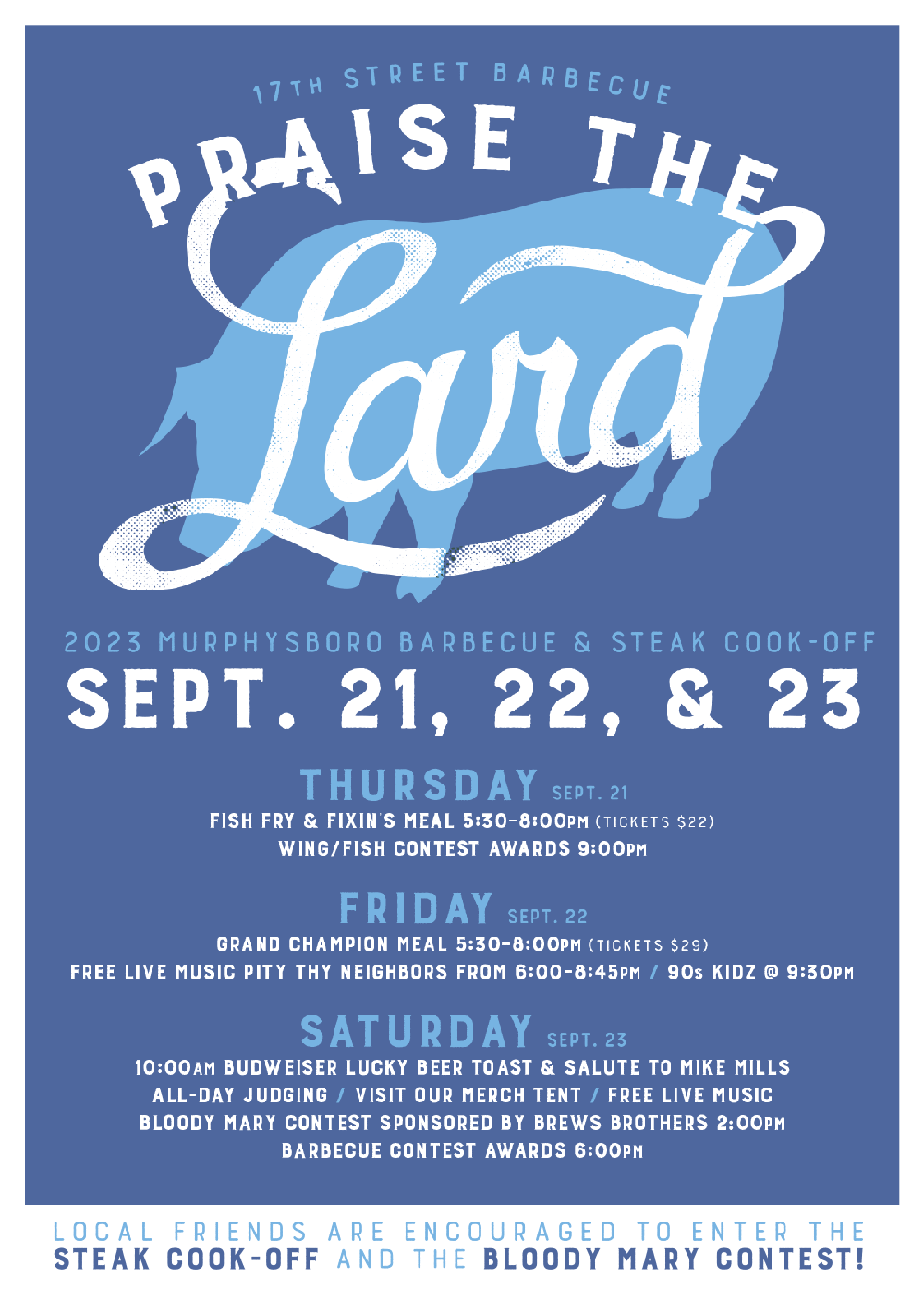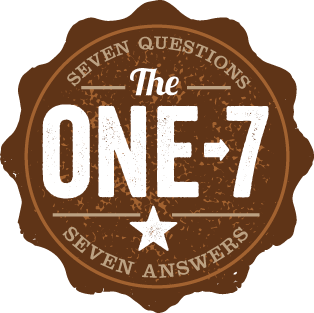In Murphysboro, IL, September is the time when we honor the almighty apple. The Murphysboro Apple Festival has been celebrated here every September for 72 years. For the last 37 of those years, our own Murphysboro Praise the Lard Barbecue Cook-Off has been held the following weekend. Mike Mills always like the idea of having an entire month when people could all come together to shine a light on Murphysboro, and that’s how the Cook-Off originally came to follow the Apple Festival.
Following here is our recipe for 17th Street Barbecue Apple Cider Marinated Pork Loin. We thought it was the perfect recipe to feature this September, when apples and apple products can be found all around not just our region, but across the country. It’s one of the few recipes in our book, Peace, Love and Barbecue, that uses a marinade instead of a dry rub. The down-home side dishes for this moist and tender meat would include — you guessed it— some type of apples. Baked, fried…even applesauce. And don’t forget…for the best results, smoke it with real apple wood, too!
17th Street Barbecue Apple Cider Marinated Pork Loin
Serves 6
• 1 pork loin (4 to 6 pounds)
• 1 can (6 ounces) frozen apple juice concentrate, thawed
• 1/3 cup apple jelly
• 1/4 cup vegetable oil
• 3 tablespoons apple cider vinegar
• 2 tablespoons Worcestershire sauce
• 2 tablespoons Dijon mustard
• 2 tablespoons dried rosemary
• 1 teaspoon dried sage, crumbled
• 2 teaspoons kosher salt, finely ground
• 1 teaspoon ground black pepper
Set the loin in a shallow dish.
Combine the remaining ingredients in a blender and blend until creamy. Pour the marinade over the loin, coating thoroughly. Marinate, covered and chilled, overnight.
Discard the marinade and smoke at 200 to 225 degrees for about 3 hours, or until the internal temperature reaches 165 degrees.
© Mike Mills and Amy Mills, published in Peace, Love, and Barbecue, Rodale
 For more recipes, secrets, tall tales, and outright lies from the legends of barbecue, pick up a copy of our book Peace, Love, and Barbecue
For more recipes, secrets, tall tales, and outright lies from the legends of barbecue, pick up a copy of our book Peace, Love, and Barbecue







